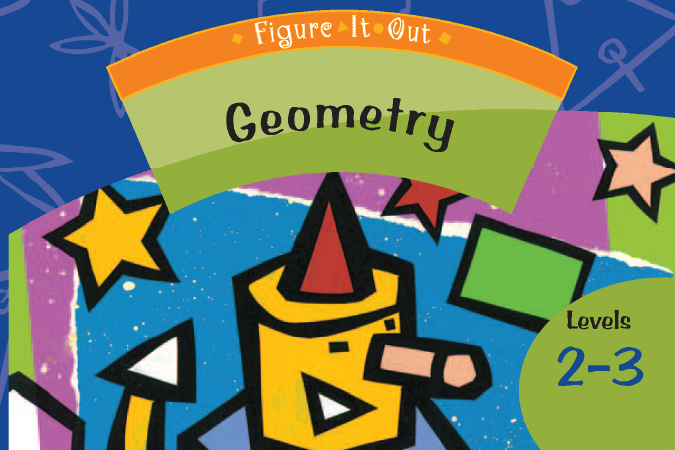The mirror game
This is a level 2 geometry activity from the Figure It Out series. A PDF of the student activity is included.

About this resource
Figure It Out is a series of 80 books published between 1999 and 2009 to support teaching and learning in New Zealand classrooms.
This resource provides the teachers’ notes and answers for one activity from the Figure It Out series. A printable PDF of the student activity can be downloaded from the materials that come with this resource.
Specific learning outcomes:
- Make a pattern showing reflection on a grid.
The mirror game
Achievement objectives
GM2-7: Predict and communicate the results of translations, reflections, and rotations on plane shapes.
Required materials
- Figure It Out, Levels 2–3, Geometry, "The mirror game", page 22
- different coloured multilink cubes
- 2 centimetre grid paper with at least 32 squares
- 2 back-to-back mirrors
- coloured pencils
- a classmate
See Materials that come with this resource to download:
- The mirror game activity (.pdf)
Activity
Game
The mirror game is designed for students to apply reflection symmetry. Although Perspex mirrors are ideal because a matched cube can be seen to coincide with its reflection, backed mirrors are adequate for students to check that they have placed the matching cube correctly.
The harder version of the game, involving composite pieces, fosters discussion about the properties of reflections. For example, consider the following: Although the size and shape of the object remain unchanged, its orientation (direction) changes. This orientation change is described as a “flip” in American mathematics books.

A flip is a useful way to describe the movement.

Note that the distance between any block and the mirror should be the same as the distance between the image of the block and the mirror.

As an extension to this activity, students may like to play The Rotation Game. In this game, players match a cube that is put down with its image after a quarter turn. For this reason, people play on four grids.
i. Player A places a cube:

ii. Players B, C, and D, in succession, match where the cube would end up in their quadrant after each quarter turn:

iii. Player B has a turn placing:

iv. Players C, D, and A take turns with a different cube in their quadrant. Match where the cube would end up in their quadrant after each quarter rotation:

Students can check their attempts at placement by turning the paper a quarter turn and then back to its original position. The game is much more difficult if each player has a 3 x 3 quadrant, which makes the player’s total grid 12 centimetres x 12 centimetres, or a 4 x 4 quadrant grid, which is 16 centimetres x 16 centimetres in total.
As with "The mirror game", students can take the cubes off one by one and colour the grid to record their pattern.
The quality of the images on this page may vary depending on the device you are using.


